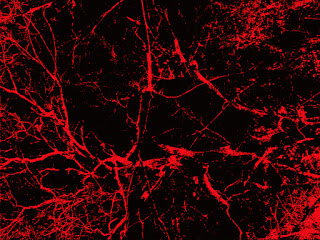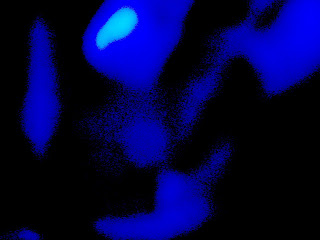Brain Fiction (4)
Self-Deception and the Riddle of Confabulation
One
important aspect is what is called reduced inhibition (or disinhibition)
People
usually inhibit actions caused by certain brain/mind states because they
might be socially or otherwise unacceptable. For example, they may not show
anger or not use strong language. People with disinhibited feelings will let
impulses act out (no mental filtering function).
A sociopath
has no inhibition and tells lies with great ease and confidence. Language
is their main weapon. Sociopathy can be caused by damages of certain brain
areas (like orbitofrontal cortex). Such brain conditions may also lead to
confabulation since truth-checking mechanisms are defect or greatly weakened
(disinhibited).
Sociopaths
have a need for excitement and may engage in extremely risky behaviors.
Sociopaths
can be easily made to think that you believe them – since they seem to lack
mind-reading abilities.
Sociopaths
tend to engage in shallow lying and they tend to tell the same lie to everyone.
They are missionaries of their delusions.
Some
statements (as
listed by Hirstein):
- Motor disinhibition can cause hyperactivity, ‘pressured speech’, and a decreased need for sleep
- Disinhibition of instincts can cause hypersexuality, overeating, and aggressive outbursts
- Emotional disinhibition can cause rapidly changing emotions
- Intellectual disinhibition can cause patients to voice grandeur or show paranoid delusions
- Sensory disinhibition can produce visual and auditory hallucinations
- Confabulation can be seen as a type of disinhibited action.
- People may confabulate under hypnosis (possibly due to an increased vividness of an apparent memory)
- Spontaneous confabulations are more severe than provoked ones since this could be a sign of schizophrenia
Hirstein further suggest the following illustration:
If you draw
a line, Sociopathy and Confabulation are placed on one end. Such
people do not show proper emotional response to the distress of others (like
autism)
Obsessive-compulsive disorder (OCD) and Hypochondria are placed on the other end. Patients are overly engaged in social emotions and are overly self-conscious
In between
are the other types, including self-deceived ‘normal’ people.




Comments
Post a Comment